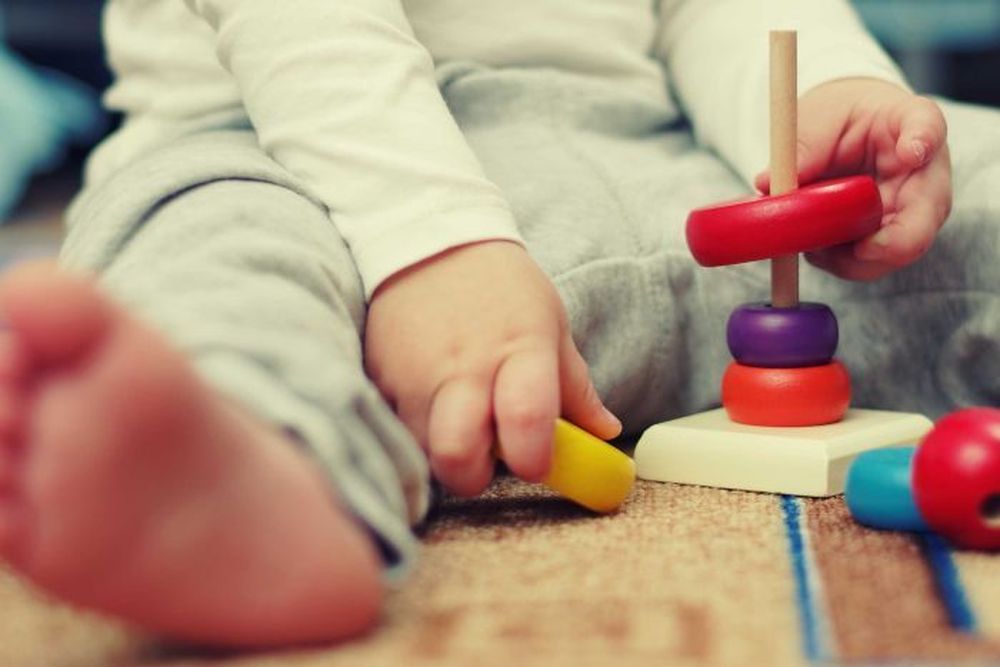Child's play - Three theories you may not know
Published on Tuesday, 26 February 2019
Last updated on Tuesday, 31 December 2019

It's widely known that play is an important part of a child's learning and development, but when it comes to exactly how and why children play, the conclusions are vast and varied with many psychologists and philosophers over the centuries developing complex studies on the subject. As an early childhood educator, you might already be aware of some of these theories, but do you know them all?
To get you thinking, here's an overview of three not-so-common play theories you may not be across: Bronfenbrenner's Ecological Theory, Jean Piaget's Cognitive Development Theory, and Mildred Parten's Social Behaviour Theory.
Bronfenbrenner's Ecological Theory
American psychologist, Urie Bronfenbrenner, examined how multiple environments contribute to a child's play and influence how they will grow and develop. He focused on five environmental systems during the first five years of a child's life, also known as ecological systems, which include:
Microsystem: immediate environment - the child's family influences children's play.
Mesosystem: connections - the relationships and interactions between the educator and family influence children's play.
Exosystem: indirect environment - policies in early childhood influence children's play.
Macrosystem: social and cultural values - a child's community, culture and beliefs influence children's play.
Chronosystem: changes over time - the environment and timing of events influence children's play.
Jean Piaget's Cognitive Development Theory
Swiss developmental psychologist, Jean Piaget, focused on the cognitive development of children, that is, the way children process information and problem solve. Cognitive development is important for knowledge growth and involves: cause-and-effect, spatial relationships, problem-solving, imitation, memory, number sense, classification and symbolic play.
Overall Piaget believed that children actively take the role of scientists performing experiments and making observations in order to learn about the world. Through interaction they then add to, build upon and adapt their knowledge. His theory therefore centres around understanding how children acquire knowledge and the nature of their intelligence, and suggests that children move through three distinct stages of play which are:
Functional / Sensorimotor Play – Birth to 2 years
Children use simple and repetitive movements with objects, people and sounds during play – such as using musical shakers. They’re using their senses and physical abilities to move around and explore their environment.
Symbolic / Dramatic Play – 2 to 7 years
Children begin to express themselves using their imagination through roleplaying. For example, by pretending to be a firefighter and putting out a fire using a stick found in the playground. Children are beginning to imitate actions and language of others that are around them.
Games with Rules – school-aged children
Before engaging in a game or activity children discuss and determine the rules, for example playing hide and seek. Children are collaborating and cooperating with others.
Mildred Parten's Social Behaviour Theory
American sociologist, Mildred Parten, examined and classified play from a social behaviour perspective. She identified that children’s play progresses through the following six stages:
Solitary Play
Children play independently and alone during play experiences and activities. There is a limited amount or no interaction with other children or materials that another child may be playing with, usually more common in younger children, aged 2 to 3.
Parallel Play
Also known as adjacent play, children still play independently but begin to place themselves either beside or across from other peers, possibly mimicking their actions.
Associative Play
Children begin to share play materials and participate in similar activities of others around them, although are more interested in the person playing than coordinating their activities.
Cooperative Play
Children participate in group play, collaborating with one another and work toward a common goal. For example, creating a building with blocks and each child takes on different roles to build it. Cooperative play emerges in the early preschool years.
Unoccupied Behaviour
Children are not engaged in play and might observe absentmindedly in one spot or wander around play areas without a purpose. They may also follow others while engaged in their own behaviour and do random repetitive movements such as climbing on and off a chair.
Onlooker Play
Children observe other children or adults in play but do not become involved themselves. However, the child sits or stands within speaking distance and may use this strategy to make suggestions, ask questions, learn about materials or determine how they may participate in a play experience; all without actually entering the play themselves.
So next time you're watching the little ones in your care play, these interesting theories may just help you be a bit more enlightened as to how they're using playtime fun to actually grow, learn and develop.
Thanks to Hi Mama for these unique play theory summaries.
Related Articles

Exploring Reggio Emilia
Learn about the Reggio Emilia approach to early childhood education and care, which originates in Italy and advocates a child led and play based focus.

The Pikler approach to optimal early childhood development
Emmi Pikler's 7 key principles provide a framework for optimal child development in the early years.

The Froebel approach
The Froebel approach to early education which recognises that children experience significant brain development in their first three years of life.
